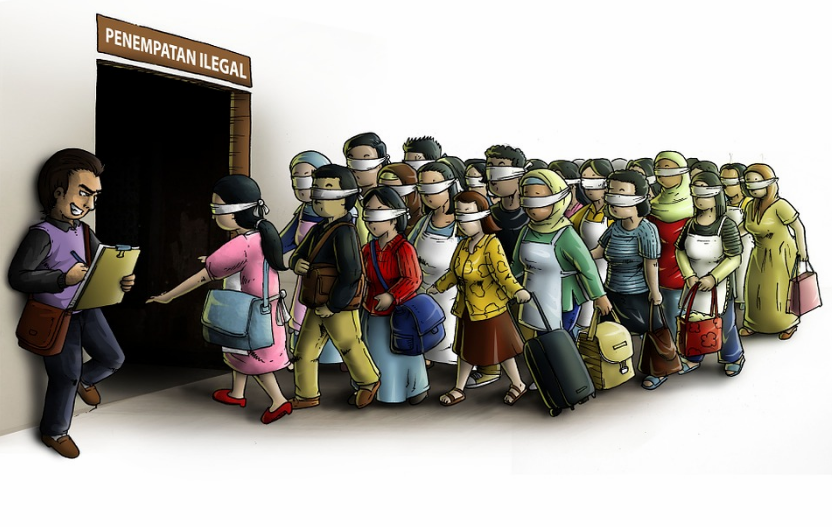Trafficking in human beings is considered one of the most problematic issues in today's global society. Because this problem is occurring around the world, it must be addressed globally. At the ASEAN level, trafficking in human beings is one of the cross-border offenses committed across national borders or within one country but has a significant impact on another country. Similarly, Cambodia is confronted with this type of serious crime as a transit, origin and recipient nation.
After sexual exploitation, the most visible form of exploitation of trafficking is organ harvesting. The victims of this type of exploitation are mostly children. The children were taken from the organ for begging and peddling (selling small implements, flowers, and cigarettes).
Types of trafficking
- Forced labor
According to the International Labor Organization (ILO), forced labor is "work or service required of a threatened or punished person, including criminal sanctions and the loss of rights and privileges if the person has not volunteered. "
- Sexual exploitation
In terms of recruitment, traffickers resort to deception, in particular through false promises of well-paid jobs or the opportunity to study abroad. In many cases, the victims are abroad, locked up in homes, and their passports are confiscated by traffickers, forcing them to work in prostitution through threats, violence, abuse, and rape. Very often the victims are promised freedom only after they have earned their purchase price and their travel and visa costs through prostitution.
- Organ removal
After sexual exploitation, the most visible form of exploitation of trafficking is organ harvesting. The victims of this type of exploitation are mostly children. The children were taken from the organ for begging and peddling (selling small implements, flowers, and cigarettes).

Comments
Post a Comment